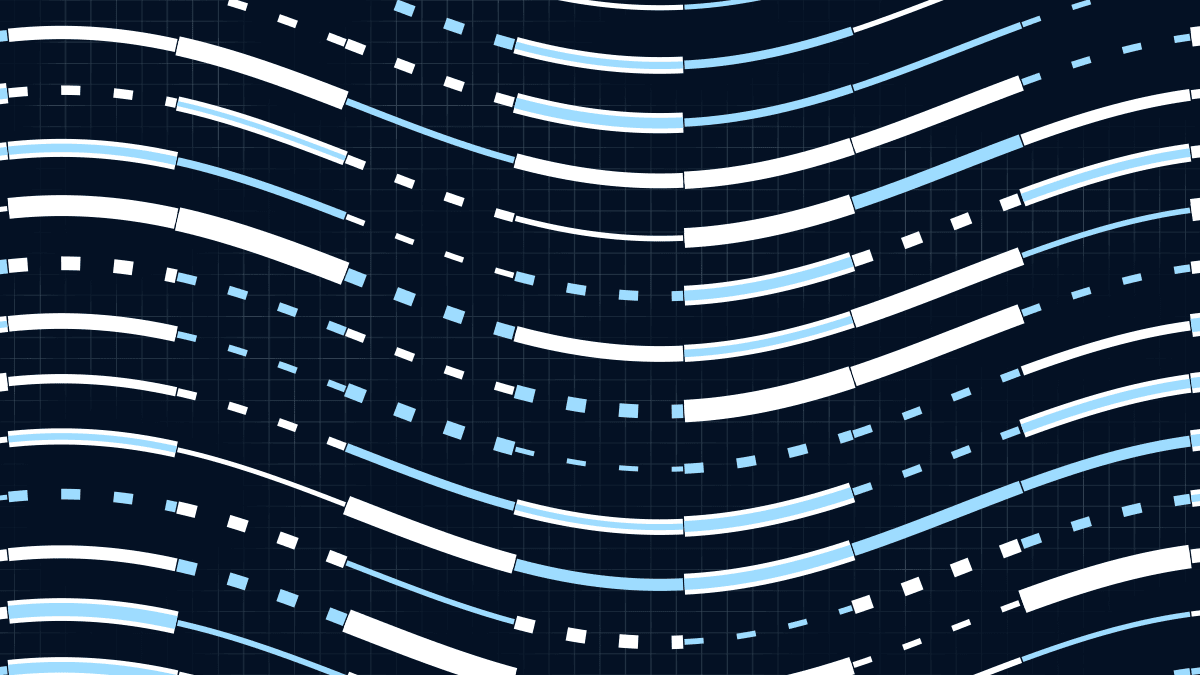Quadratic Acceleration (q/acc)

TL;DR:
q/acc fuses the democratic legitimacy of Quadratic Funding with the economic continuity of Augmented Bonding Curves. Contributors fund public goods projects via QF, and projects receive not only capital—but curve-based tokens they can use to build long-term value and coordination.
Here’s how it works:
- Quadratic Funding is used to allocate capital based on community support.
- Instead of one-time payouts, projects are given positions on Augmented Bonding Curves.
- These curves allow projects to mint or redeem tokens representing long-term value or influence—enabling new forms of ownership, speculation, or governance around public goods.
This turns public goods into programmable economic primitives. Instead of just rewarding impact retroactively, Q/acc lets communities co-own the upside of the projects they support—and projects gain liquidity, visibility, and skin in the game.
The mechanism is still experimental but has been explored by teams like Commons Stack, Token Engineering Commons, and various ReFi DAOs seeking financial sovereignty for public goods.
Best For
- Long-term public goods ecosystems
- DAOs combining funding and token engineering
- Communities wanting post-funding economic primitives
- Experiments in programmable governance and liquidity
Good At
- Funding impactful work through democratic means (QF)
- Giving projects tools to build sustainable economies
- Creating skin-in-the-game dynamics for funders and builders
- Bridging one-time grants with continuous coordination
Dependencies / Requirements
- QF mechanism and matching pool
- Smart contracts for bonding curves with augmentation logic (e.g. funding pool + reserve ratio)
- A way to distribute or mint project tokens post-funding
- Optional governance logic tied to token holders or communities
Not Good At
- Simple, one-time funding rounds
- Low-engagement or low-trust communities
- Environments without token literacy or bonding curve infrastructure
- Projects that don’t need long-term sustainability mechanisms
Who Should Use It?
- Regenerative and token-engineering focused DAOs
- Communities seeking shared ownership models for public goods
- Funding experiments that want liquidity + legitimacy
- Builders creating economic flywheels for collective value
Example Use Cases
- A DAO funds public goods projects through QF, then each funded project gets a bonding curve where contributors can mint and trade project tokens
- A ReFi community uses Q/acc to seed liquidity for ecosystem services—giving contributors tokenized positions in long-term infrastructure
- A commons-based network uses Q/acc to bootstrap working groups with both capital and a governance token curve